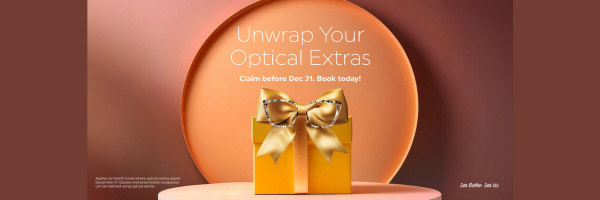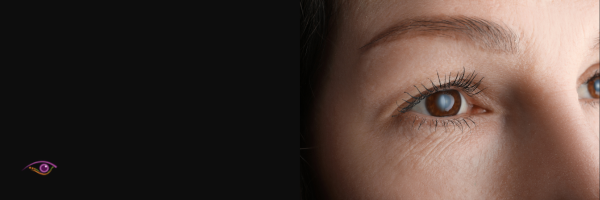Understanding Dry Eye Causes and Symptoms
Dry eye is a common and often chronic problem affecting over 4 million Australians.
In January 2020, Optometry Australia reported 77% of Australians have suffered dry eye, yet only 26% have seen an optometrist about the treatment options available.[1]
What is Dry Eye?
Dry Eye occurs when your tears aren’t able to provide adequate lubrication for your eyes, due to a reduction in the quality or quantity of tears. This tear film comprises three layers that work together to keep your eyes moist and protected. If anything upsets the tear film, it can become unstable or evaporate and results in dryness and inflammation of the cornea (front of the eye).[2]
How can I manage Dry Eye?
While dry eye can be an ongoing challenge, there are practical steps you can take to alleviate symptoms and enhance eye comfort, and we have listed a handful of these below:
- Hydration is key, as drinking enough water throughout the day supports tear production, helping to alleviate dry eye symptoms.
- Blinking helps to replenish the tear film in your eyes. Make a conscious effort to blink more frequently, especially during prolonged screen time or focused activities.
- Dry indoor environments, particularly during colder months, can exacerbate dry eye symptoms. Adding a humidifier to your living or working space helps maintain optimal humidity levels, preventing excessive tear evaporation.
- Shield your eyes from harmful UV rays and windy conditions by wearing sunglasses outdoors. Strong weather conditions can contribute to dryness and irritation, so proper eye protection is essential.
- Over-the-counter artificial tear drops may provide temporary relief by lubricating the eyes.
What if these steps don’t ease my eye discomfort?
In some cases these steps may not do the trick. In this instance, we recommend booking a comprehensive eye examination including a dry eye assessment at our Range Shopping Centre Practice. During this assessment our optometrists use a specialised scanning tool to determine the cause of your dry eye and tailor a treatment plan for you.
Treatment options may include:
- Therapeutic advice: All our optometrists are therapeutically qualified, meaning they are able to prescribe topical eye drops. This can include guiding you to a specific lubricant eye drop, nutritional supplement, or targeted prescription eye drop.
- Blephasteam treatment: This treatment involves wearing blephasteam goggles which create a targeted humid environment around the eyes to ‘melt’ any thickened oils trapped in the glands of the eyelids. Subsequently your optometrists will manually express the glands to clear any blockages which then helps your eyes to produce more balanced tear film.
- Intense Pulse Light (IPL) Therapy: IPL is a technique that was previously used to treat inflammatory skin conditions such as acne and rosacea. In recent years it have become and increasingly popular treatment option for dry eye conditions. Using IPL at a specific wavelength can improve healthy tear production and has been proven to produce great results in the reduction of dry eye symptoms.
An optometrist is the best person to diagnose dry eye. We will conduct tests that investigate tear production and tear evaporation, examine the integrity of your tear film, and identify the best solution for you.
If dry eye is causing you significant or prolonged discomfort, book a comprehensive eye exam with us at our Range Shopping Centre practice today.
[1] https://www.optometry.org.au/wp-content/uploads/GVFL/Brochure_PDFs/Dry-Eye-2018-A4-single-page-final.pdf
[2] https://goodvisionforlife.com.au/vision-problems/dry-eye/



